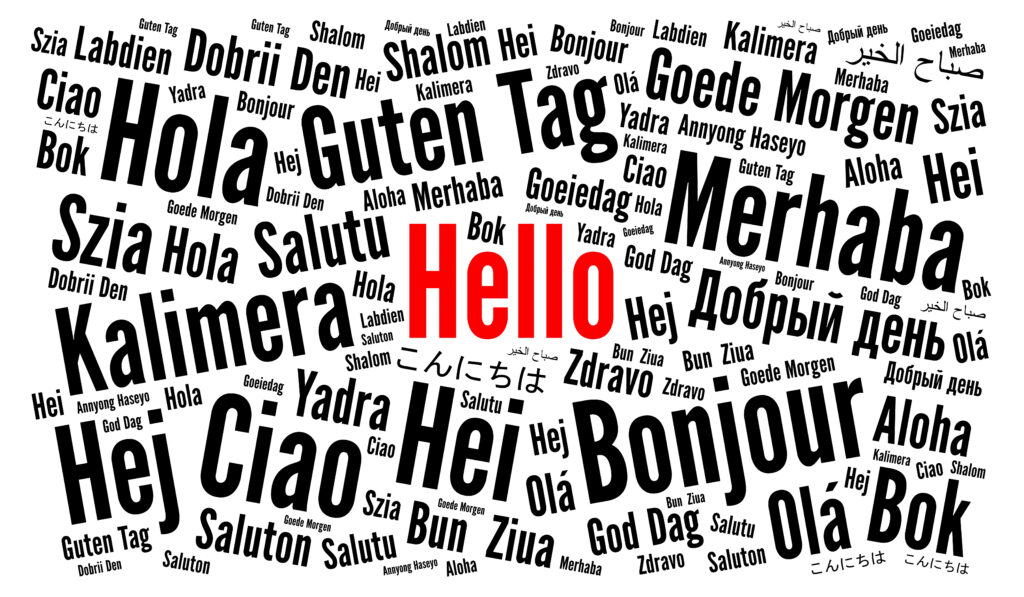Bilingualism in Toddlers and Preschoolers

We often get asked about multiple languages within a home, and if it’s “okay” to be teaching toddlers two (or more) languages. We always encourage this and love to see young children learning bilingualism.
Some helpful notes to remember:
We would expect a bilingual child to meet age appropriate milestones at the same time as an English-only speaker. Firstly, at least one word by one year. This can be in either language and pronunciation does not need to be perfect. We “count” a word when it is used consistently and appropriately in the correct context. So, “awa” for “agua” OR “wawa” for “water” are typical speech sound approximations.
Secondly, consistent babbling in infancy and a variety of speech sounds across different syllable shapes by age 1. This may be a combination of different sounds from different languages or sounds grouped together by language.
Lastly, a total of more than 50 words by age 2. These can be either language. The goal is a combination of 50+. A dominant language is likely to emerge as they reach toddlerhood. If your child is hearing English in the community and at school, and a second language only at home, it is likely that they will prefer to express themselves in English across all contexts for a period of time. This can be expected and does not indicate a “problem” in their secondary language.
Language Differences do not Equal a Language Disorder.
A preference for one language over another is a language difference and does not necessarily indicate a need for therapy. A grammatical error due to a difference in one primary language vs another does not indicate a need for therapy, but may better benefit from an English Language Acquisition tutor. Consistent difficulty acquiring a mode of communication in BOTH languages, with delayed milestones overall, despite adequate exposure, is a language disorder, and may benefit from a visit from a Speech Language Pathologist to help their bilingualism develop.
5 Easy Ways to Incorporate Bilingualism Across Your Toddler’s Day
We are using Spanish as an example to demonstrate this. Choose to speak only one language in the home. If the child has English exposure at school, offer only Spanish in the home environment. Refer to common items in Spanish as they present across day to day activities. Don’t translate new concepts into English, instead offer only in Spanish, and introduce English later on. Pick a new Spanish word each week to encourage your toddler to use. Express everyday phrases (i.e. “Good morning”) in day to day routines in Spanish. Pick one activity per day that is Spanish dominant (i.e. Dinner time, 15 minutes of play time on the floor, the car ride to school etc.). Also, you can make sure your child is ready to learn multiple langues before they even start talking by practicing prelinguistic skills.
